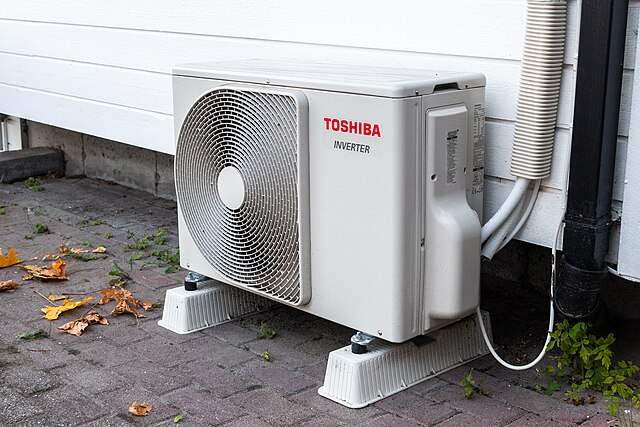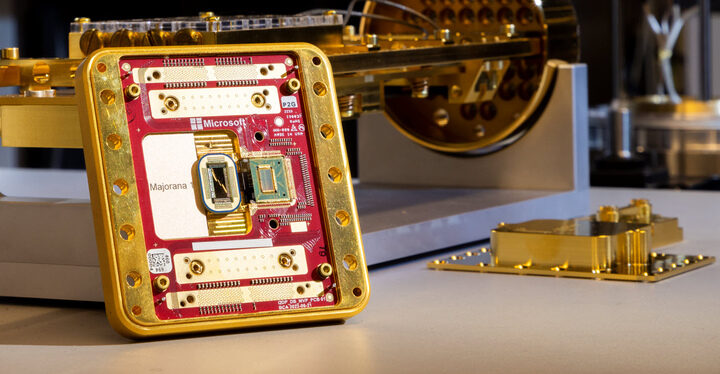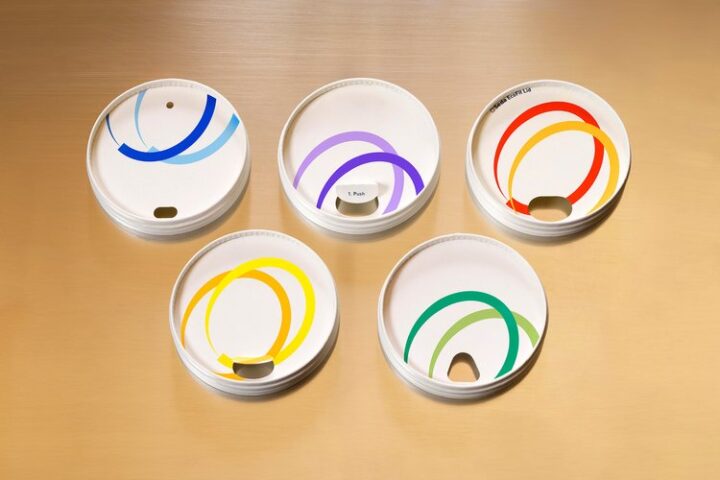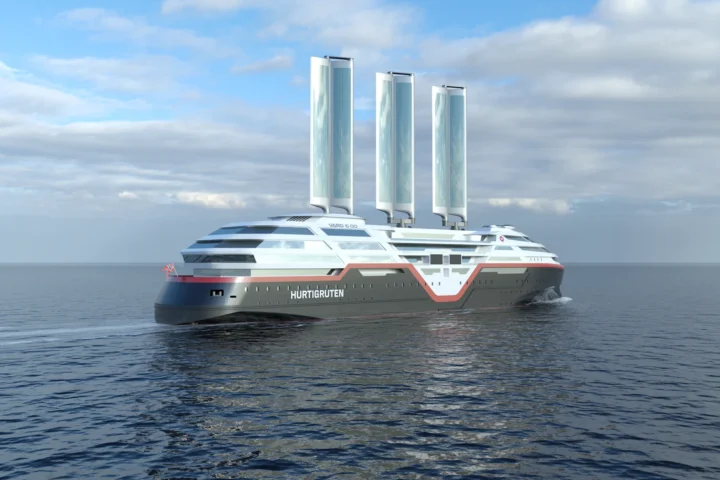In a move that reflects the nation’s growing commitment to energy conservation and environmental sustainability, the U.S. Department of Energy (DOE) has recently unveiled a set of stringent energy conservation standards, specifically tailored for dedicated purpose pool pump motors. The detailed document, published on the Federal Register’s website, outlines the DOE’s meticulous approach towards reducing energy consumption while also addressing the critical issues related to the implementation and compliance of these standards.
A Ripple Effect on Energy Consumption
The DOE‘s new standards are not merely a drop in the ocean when it comes to energy conservation. Pool pump motors, often overlooked in the broader energy conversation, play a pivotal role in our domestic energy usage. The new regulations are slated to significantly mitigate the energy consumption of these motors, thereby contributing to a reduction in overall national energy usage and the associated environmental impacts.
“A Significant Step Forward”
The DOE has articulated that this initiative is a “significant step forward” in aligning with the broader objectives of the Energy Policy and Conservation Act (EPCA). The standards, which are set to be implemented following a period of public comment and subsequent revisions, are expected to save approximately 7.3 quads of energy over a 30-year period, while netting consumers a financial saving of $11.8 to $19.2 billion.
Similar Posts
The Nuts and Bolts of the New Standards
Diving deeper into the technical aspects, the DOE has proposed specific energy conservation standards for two distinct categories of dedicated purpose pool pump motors: those with a ‘total horsepower’ of 1 or less, and those with a ‘total horsepower’ greater than 1. The standards are meticulously crafted, considering various factors such as the motor’s energy use, consumer utility, and the potential impact on manufacturers.
Industry Reactions: Mixed Responses from the Deep End
While the proposed standards have been lauded by environmentalists and energy conservation advocates, they have also stirred the waters within the pool pump motor manufacturing industry. Manufacturers are now tasked with navigating the complexities of compliance, ensuring their products meet the DOE’s stringent energy conservation benchmarks without drowning in the potential financial burdens associated with redesign and re-manufacturing.
Balancing Act: Weighing Environmental Gains and Economic Impacts
The DOE has acknowledged the economic impacts on manufacturers, estimating a net present value of $1.1 to $1.5 billion in increased costs. However, they emphasize that the “benefits to the nation (energy savings, positive NPV of consumer benefits, and emission reductions)” would significantly outweigh these costs. The DOE also anticipates that the standards will result in significant reductions in CO2 emissions, estimating a decrease of 168 to 338 million metric tons over the same 30-year period.
The Road Ahead: Navigating Future Challenges
While the proposed standards cast a wide net of potential benefits, the journey towards implementation and compliance is expected to be far from smooth sailing for manufacturers. The industry will need to innovate and adapt, ensuring that the new energy conservation standards do not water down the economic viability of their operations.
A Fluid Approach to Energy Conservation
The DOE’s new standards for dedicated purpose pool pump motors signify a robust and calculated move towards a more sustainable and energy-efficient future. The initiative, while commendable in its environmental objectives, also presents a myriad of challenges and considerations for manufacturers and stakeholders within the industry. As we navigate through the waves of this new regulatory landscape, the balancing act between environmental conservation, consumer benefits, and economic considerations will undoubtedly shape the future discourse in the realm of energy policy and manufacturing practices.














